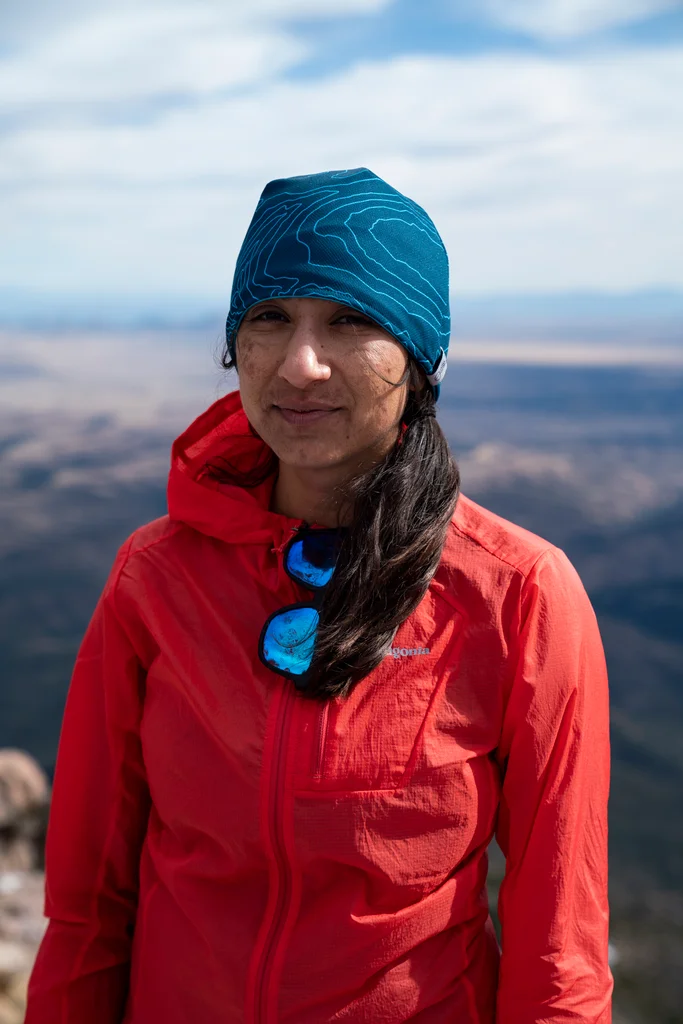Land acknowledgments can be verbal or visual signage. They commemorate Indigenous peoples’ kinship and history of the land that we live and run with. Land acknowledgments are dynamic and acknowledge that colonization is an ongoing process, and draws attention to the ways past and present colonization impacts our lives. Most citizen’s early education omits Indigenous history and limits awareness of how many tribal nations (which, are discreet nations, not a monolith) are still present today!
In the U.S., there are 573 federally recognized tribes and many others without federal recognition.
Ohio is falls under a state that no tribes are recognized. The tribes here were displaced and reside in Oklahoma. Also It is important to remember that all these tribes are not on the same page of what land acknowledgment looks like to them. Or some even don’t believe they are worth any attention at all because of how it is just a “statement”. The article recognizes that land acknowledgment is a form of recognizing the colonialist ideas that have been to the detriment of the land it was intended to protect.
A land acknowledgment is a first step in paying homage to the Indigenous land keepers of your region, to recognizing the land you run on has been and is currently shaped by their cultural knowledge practices before colonial settlers established themselves. Land acknowledgments aren’t about placing blame, nor do all Indigenous people agree on their efficacy, but an important part of making land acknowledgments is to recognize how systemic and institutional systems have been oppressive to Indigenous peoples, and how that oppression has historically influenced the way non-Indigenous people perceive and interact with Indigenous peoples, even today.

The Tohono O’odham Nation, the traditional land stewards of the Sonoran Desert, call the mountain range “To:wa Kuswo Do’ag,” which roughly translates to Turkey Neck Mountain. Many wild turkeys run at the base of this mountain, which may be what attributes this name, but others have suggested it is the shape of the mountain. In my language, the name “Tewei Seewa Kawim” translates to a culturally significant plant that grows in this mountain region.
Both of these names tell us about the ecological and cultural significance of why this area is important to protect for our future ancestors, as opposed to the name of a European colonizer whose primary relationship with the landscape was exploitative and extractive. Some mountains are named after colonizers who never even set foot there! Much of the ecological and cultural history of sacred ecosystems has been lost when protected areas were established and Indigenous peoples were forced out or excluded from using land they had previously relied on for food and cultural materials.
This article mentions how it would be cheaper for the U.S government to invest in Indigenous practices that are critical in the upkeep and preservation of the federal park land, opposed to current approaches that are done. So why isn’t this alternative being considered?
This was harmful to many Indigenous communities and did not achieve the original goals of conservation, as well as discouraged many Indigenous people from utilizing what are today public lands and National Parks (dispossessed Indigenous lands). For decades, conservationists advocating the creation of such areas insisted on drawing a clear line separating nature — understood as raw, unpopulated wilderness — and culture, meaning any human activity that impacted the local environment. As an Indigenous environmental scientist and trail runner, I believe land acknowledgments are an important first step in rectifying past harms, but also in increasing awareness of vital Indigenous land management practices that make the many trails we love better for all. Indigenous land management practices, such as traditional fire burning (Coquille, Yurok and Karuk Nations), agroforestry practices (Confederated Tribes of the Colville Reservation, Confederated Tribes of Warm Springs, Yakima Tribe), harvesting practices (Grand Ronde, Karuk, Siletz, and Yakama Tribes), water management (Gila River Indian Community, Navajo Nation, Havasupai Tribe, Yurok Tribe, amongst others), fisheries management (Kalispel, Nez Perce, Pyramid Lake Paiute, Shoshone-Bannock, and Snoqualmie Tribes), invasive species management (Confederated Salish and Kootenai Tribes), and restoration (White Mountain Apache), have been shown to result in higher native and rare species richness, less deforestation and land degradation than non-Indigenous practices.
This breakdown shown above of all the fields of expertise the tribes have when it comes to conservation and preservation of the land to regulate how the natural resources are used. I appreciate this because I correlate this to how the Ohio parks have their divisions in which there is a focus of the different aspects the parks have.
Source: Jennings, L., & Jennings, L. (2022, January 25). Land Acknowledgements And How We Relate To The Trails We Run. Trail Runner Magazine. https://www.trailrunnermag.com/people/culture-people/land-acknowledgements-and-how-we-relate-to-the-trails-we-run/




